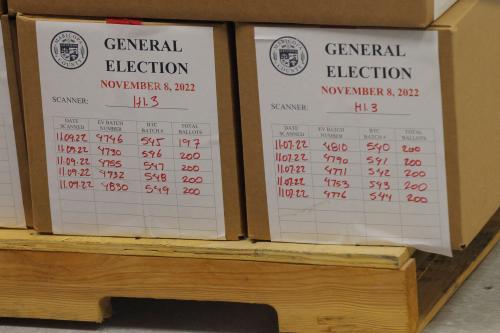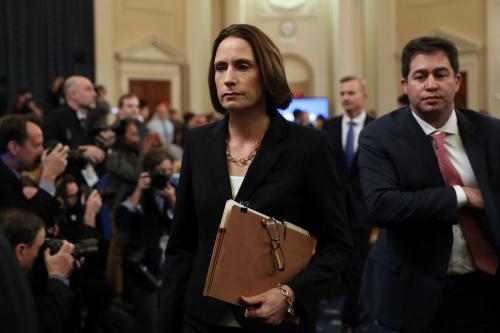Over the past several decades there has been a fundamental reshaping of the global economy. The billions of new consumers and workers entering the world economy from throughout the emerging world have had two major implications for Australia.
The first has been that events outside Australia changed a range of prices including the price of commodities relative to manufacturing and the price of high-skilled versus low-skilled workers.
The second implication was that the high demand for Australia’s endowment of resources that emerging economies needed for their economic development substantially increased Australia’s income.
The comparative advantage that generated wealth for Australia also accelerated the need for structural change. All advanced economies faced structural problems, but Australians were lucky that they also had the revenue to pay for productivity enhancing reform.
When Labor came to power in 2007 there was a great opportunity to use an enormous bounty generated from the boom to fund the needed restructuring and reforming of the Australian economy. There was hope that the new Labor government would continue the work of economic reform that was the hallmark of the Hawke and Keating governments.
But before the government was able to act on the hard reforms, it was blindsided by the global financial crisis. Fiscal conservatism and sound economic management were replaced by populism. Australia had clearly changed direction when in February 2009 then prime minister Kevin Rudd declared capitalism dead. This was a great irony since the reason Australia did so well relative to other advanced economies was because of the two decades of earlier reforms that had enhanced the robustness of the economy.
Without a guiding principle that what Australia needed was economic reform based on a capitalist model with an Australian twist, the DNA of old Labor rose to the surface and the old themes of class warfare and wealth distribution rather than wealth generation dragged around a floundering ship of state. Spin without substance came from minister after minister as billions of Australian taxpayer funds were wasted. Union power was allowed to raise the cost of labor.
A poorly designed carbon tax raised the cost of energy. The cost of doing business accelerated due to a fixation with nanny state regulation. Any pretence of fiscal discipline was discarded. Large subsidies were given to the multinational car makers – the list of poor policy goes on. Australia’s competitiveness problems today are as much about high input costs caused by bad policy as they are about a strong currency.
Today Australia faces new challenges from the global economy. Europe continues to walk along a cliff without knowing exactly where the edge is. The United States has large fiscal issues to resolve but is much better placed than Europe.
An energy revolution is under way in the U.S. Our research suggests that the energy boom from unconventional oil and gas in the U.S. could raise the economic growth rate by 0.5 per cent per year for at least the next decade. Lower energy prices and a renaissance of energy intensive manufacturing such as petrochemicals are already stimulating the U.S. economy. The real factors from the energy boom – including a reawakening of investment in energy and energy related industries – are overlaying an economy where the housing market has turned upwards and where the Federal Reserve board’s monetary stimulus is already late in being withdrawn. The next phase of the global economy is likely to be a massive shift of capital out of Europe towards a growing U.S.
The energy transformation in the U.S. directly lowers Australia’s terms of trade because Australia is an energy exporter. This has important implications for exporters of coal, oil and gas. The Fed will need to move away from quantitative easing as soon as possible, which implies rising nominal interest rates. The flow of capital into a growing U.S. will probably raise long-term real interest rates globally.
Any countries with a debt problem (either public or private) will have to face a more urgent reality of painful adjustment. It is likely that good news in the U.S. will be good for exporting countries but bad for debtor countries. On balance, this is likely to be bad news for Europe.
Australia has a choice in how it adjusts to a rapidly changing and volatile global economy. Whichever government emerges in Australia in September will face tough challenges. A legacy of a decade of economic mismanagement combined with major new international risks will require unpopular decisions.
Key to improving Australia’s performance will be to move away from populist short-term policy along a path of structural reform that increases the flexibility of the Australian economy. Large investments in infrastructure and efficient pricing of congestion and other problems are needed to drive productivity growth.
These investments should be based on independent assessment of the economic returns and not the political returns to marginal seats or the lobbying of vested interests. The Productivity Commission is critical to this process.
Most urgently there is need for a comprehensive review of current government spending programs and measures to reform the tax system. Australia desperately needs the next prime minister to be a leader rather than one who is a fighter.



Commentary
Op-edPoor Economic Policy Must End No Matter Who Wins Australian Election
March 12, 2013